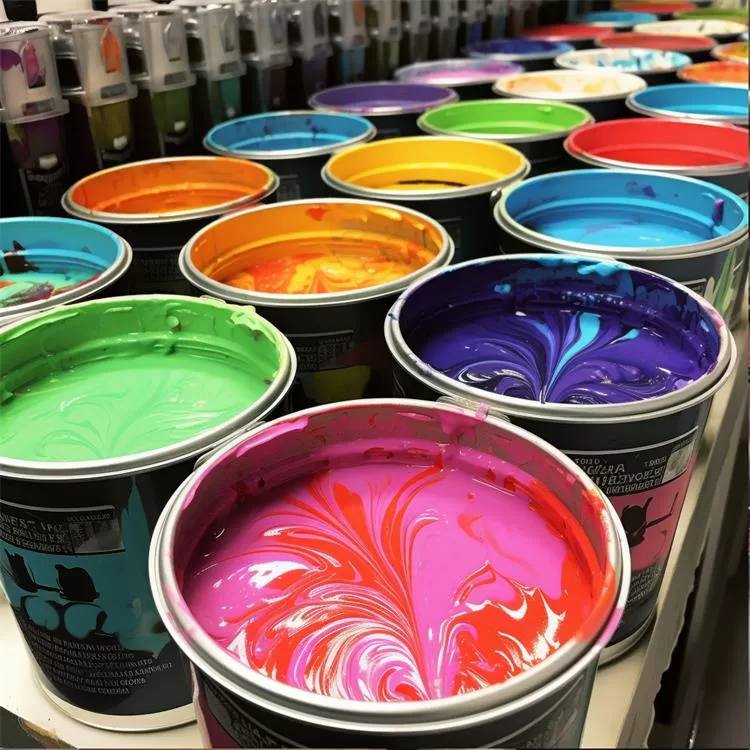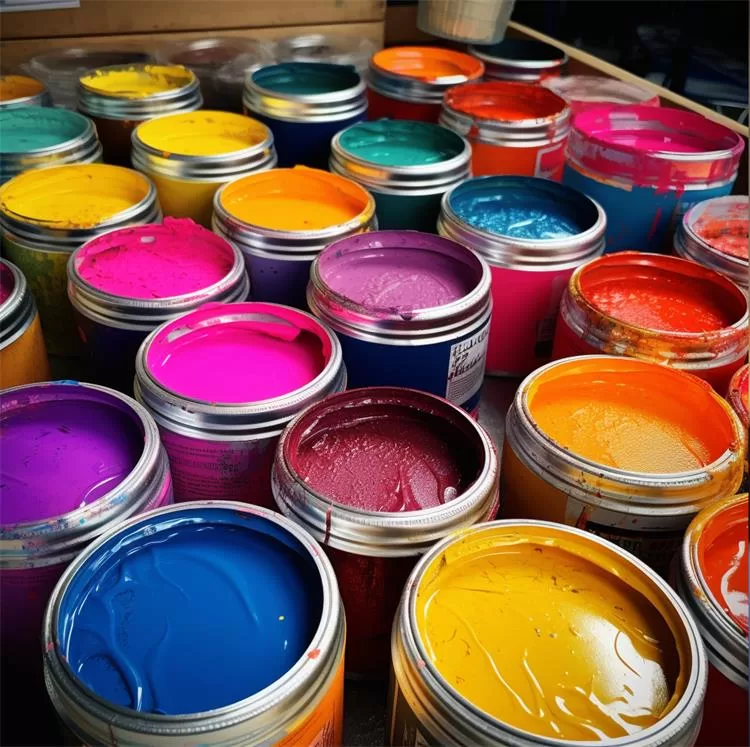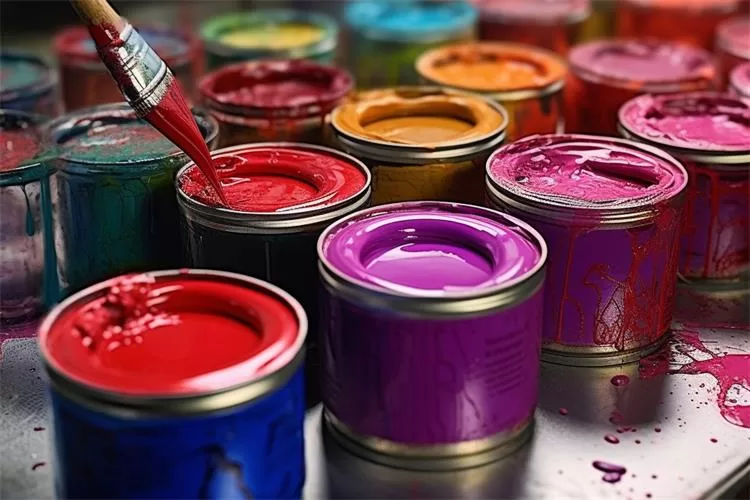The Pros and Cons of Using Metallic Screen Printing Inks: Exploring the Benefits and Drawbacks
Screen printing is a popular printing method used in various industries, from fabric printing to packaging and promotional materials. Screen printing ink is a crucial component of the process, and there are different types of inks available for different applications. Metallic screen printing inks are one of the options available, and they have unique qualities that make them stand out from other types of inks.


In this article, we will explore the pros and cons of using metallic screen printing inks, and help you decide if they are the right choice for your next project.
Pros of Using Metallic Screen Printing Inks
1. Eye-catching and Attention-Grabbing: Metallic inks have a unique shine and sparkle that can add a touch of elegance and sophistication to any design. They are perfect for creating eye-catching and attention-grabbing designs, especially for packaging, promotional materials, and luxury products.
2. Versatile: Metallic inks can be used on a variety of surfaces, from paper and cardboard to fabrics and plastics. They can be combined with other inks to create different effects, such as metallic gradients or metallic overprints.
3. Durable: Metallic inks are known for their durability and resistance to fading and abrasion. They are ideal for printing on products that will be exposed to wear and tear, such as apparel, bags, and signage.
4. Cost-effective: Metallic inks are more affordable than other printing methods that use metallic foils or coatings. They can achieve similar effects at a lower cost, making them a budget-friendly option for small businesses and startups.
Cons of Using Metallic Screen Printing Inks
1. Limited Color Options: Metallic inks are available in a limited range of colors, usually silver, gold, and bronze. It can be challenging to achieve specific shades or hues using metallic inks alone, which can be a drawback for designers who require a wide color gamut.
2. Potential for Ink Migration: Metallic inks have a higher density than other types of inks, which can lead to ink migration. Ink migration occurs when the ink absorbs into the fabric or substrate, causing the design to lose its sharpness and clarity over time.
3. Longer Drying Time: Metallic inks have a longer drying time than other types of inks, which can slow down the printing process. It may require additional time and equipment to ensure that the ink is fully cured and dried before handling or packing the printed products.
4. Requires Special Handling: Metallic inks require special handling and storage to maintain their quality and consistency. They are sensitive to temperature and humidity changes, and exposure to light and air can cause the ink to oxidize and lose its metallic sheen.

Metallic screen printing inks have their advantages and disadvantages, and it's essential to weigh them carefully before deciding to use them for your next project. They are eye-catching, versatile, durable, and cost-effective, but they also have limited color options, potential for ink migration, longer drying time, and require special handling.
If you're looking to create designs that stand out and add a touch of elegance and sophistication, metallic screen printing inks may be the right choice for you. They offer unique qualities that can't be achieved with other types of inks. However, if you require a wide color gamut or need to print on delicate fabrics or substrates, you may need to consider other options.
metallic screen printing inks are an excellent choice for many applications, but it's essential to understand their limitations and how to handle them correctly to achieve the best results. Consult with your printer or ink supplier to determine the best type of ink for your project and ensure that you get the desired outcome.

